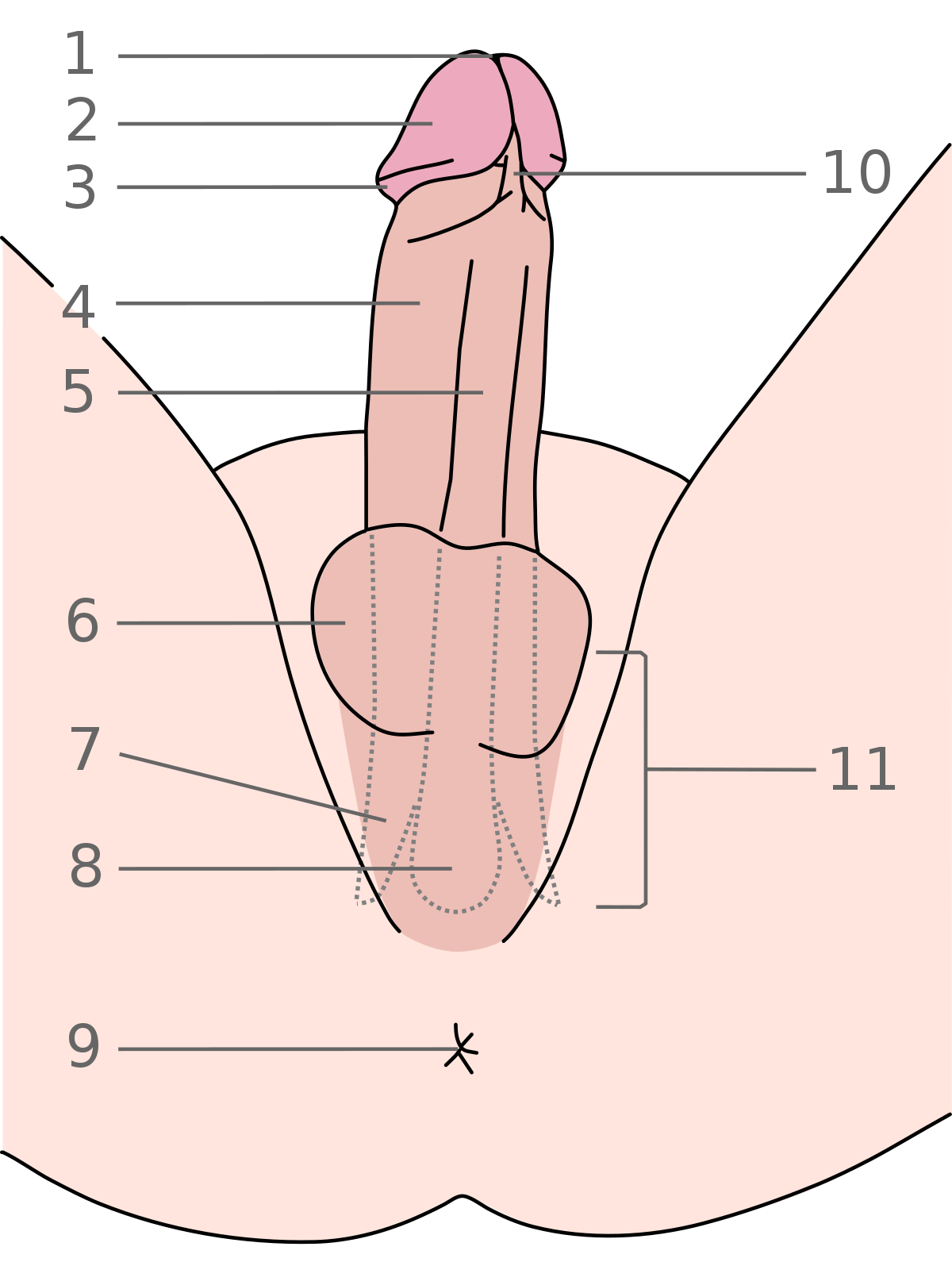What is Penile?
The term "penile" refers to anything related to or affecting the penis, the male sex organ responsible for reproductive functions and urination. The penis consists of various components, each playing a crucial role in the complex process of sexual reproduction.

Structure of the Penis
The penis can be divided into three main parts: the root, shaft, and glans. The root of the penis is connected to the pelvic bones and provides stability. Moving upward, we find the shaft, which encompasses the majority of the visible penis and contains three columns of spongy tissue called erectile tissue. These tissues, composed of smooth muscle and interconnected spaces, become engorged with blood during sexual arousal, leading to an erection. Lastly, at the tip of the penis, we have the glans, often referred to as the penis head. It is typically covered by a fold of skin called the foreskin or prepuce.
Functions of the Penis
The primary function of the penis is to deliver semen, which contains sperm, into the female reproductive tract during sexual intercourse. However, the penis performs other vital functions as well. Urination, for instance, occurs when the urinary sphincter relaxes, allowing urine to exit the body through the urethra, a tube that runs the length of the penis. During sexual stimulation, the penis plays a crucial role in sexual pleasure and orgasm. The glans, being rich in nerves, is particularly sensitive to touch and contributes to sexual arousal.
Penile Health and Care
Maintaining penile health is essential for overall well-being. Basic hygiene practices, such as washing the penis with mild soap and water, help prevent infections and keep the genital area clean. Condom usage during sexual activity can reduce the risk of sexually transmitted infections (STIs) and unwanted pregnancies. Regular check-ups with a healthcare provider can also contribute to early detection and prevention of any potential issues.
In conclusion, the term "penile" encompasses the intricate structures and functions of the male reproductive anatomy. Understanding the various parts of the penis and their functions is key to appreciating the complexity of the male reproductive system. By prioritizing penile health and practicing proper hygiene, individuals can ensure optimal overall well-being.
Related FAQs about what is penile
What is the penile structure composed of?
The penile structure consists of three main parts: the root, shaft, and glans. The root connects the penis to the pelvic bones, providing stability. The shaft contains erectile tissue that allows for engorgement during sexual arousal, and the glans is the head of the penis.
What is the primary function of the penis?
The primary function of the penis is to deliver semen, which contains sperm, into the female reproductive tract during sexual intercourse.
How does the penis contribute to sexual pleasure?
The penis, especially the sensitive glans, plays a crucial role in sexual pleasure and orgasm. It becomes engorged with blood during sexual stimulation, enhancing sensitivity and pleasure.
How can I maintain penile health?
Maintaining penile health involves practicing good hygiene by regularly washing the penis with mild soap and water. Using condoms during sexual activity can also reduce the risk of sexually transmitted infections. Seeking regular check-ups with a healthcare provider is important for early detection and prevention of any potential issues.
What is the foreskin and should it be removed?
The foreskin is a fold of skin that covers the glans of the penis. Whether or not it should be removed is a personal choice. Some individuals choose circumcision for cultural, religious, or health reasons, while others prefer to keep the foreskin intact. It is important to consult with a healthcare provider to make an informed decision based on individual circumstances.
Glossary about what is penile
1. Penis: The male sex organ responsible for reproductive functions and urination. It consists of various components such as the root, shaft, and glans.
2. Root: The base of the penis that is connected to the pelvic bones, providing stability.
3. Shaft: The middle and longest part of the penis that contains erectile tissue responsible for engorgement with blood during sexual arousal, leading to an erection.
4. Glans: The tip or head of the penis, often covered by the foreskin, containing a high concentration of nerves and contributing to sexual arousal.
5. Erectile Tissue: Spongy tissue within the shaft of the penis composed of interconnected spaces and smooth muscles that fill with blood during sexual arousal, causing an erection.
6. Foreskin: A fold of skin covering the glans of the penis in uncircumcised individuals.
7. Urinary Sphincter: A muscle that relaxes to allow urine to exit the body through the urethra during urination.
8. Urethra: A tube that runs the length of the penis, through which urine and semen pass.
9. Sexually Transmitted Infections (STIs): Infections transmitted through sexual contact, including diseases such as chlamydia, gonorrhea, and HIV.
10. Hygiene Practices: Actions and routines aimed at maintaining cleanliness and preventing infections, such as washing the penis with mild soap and water.
